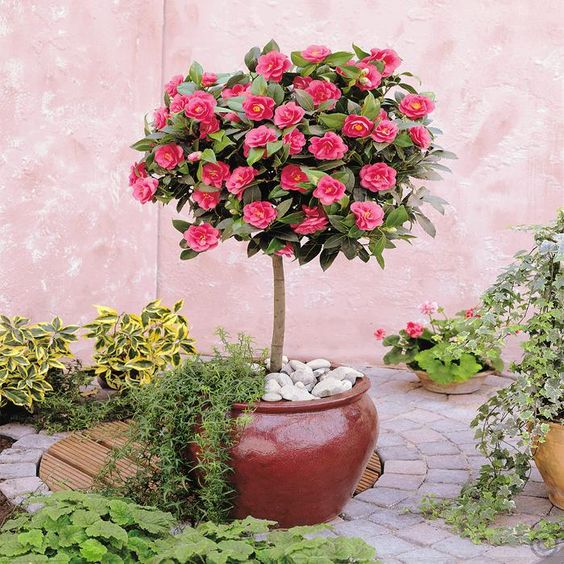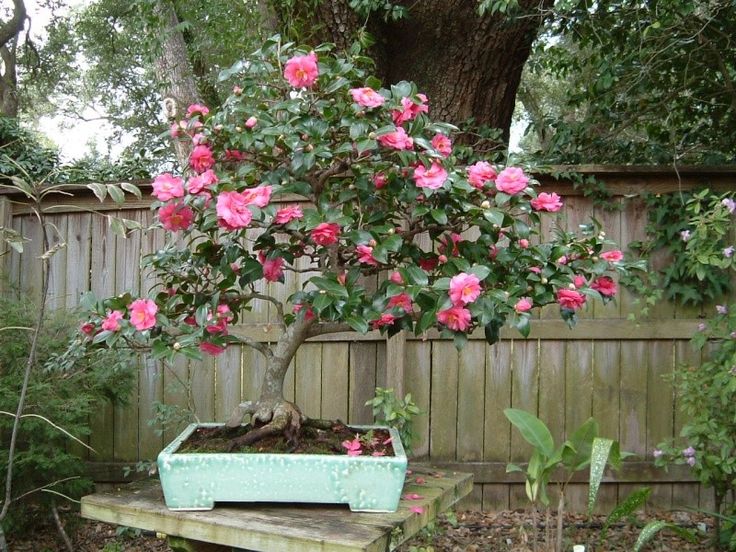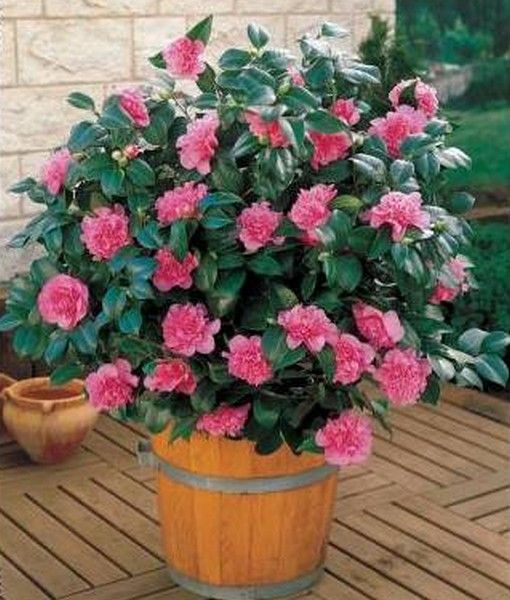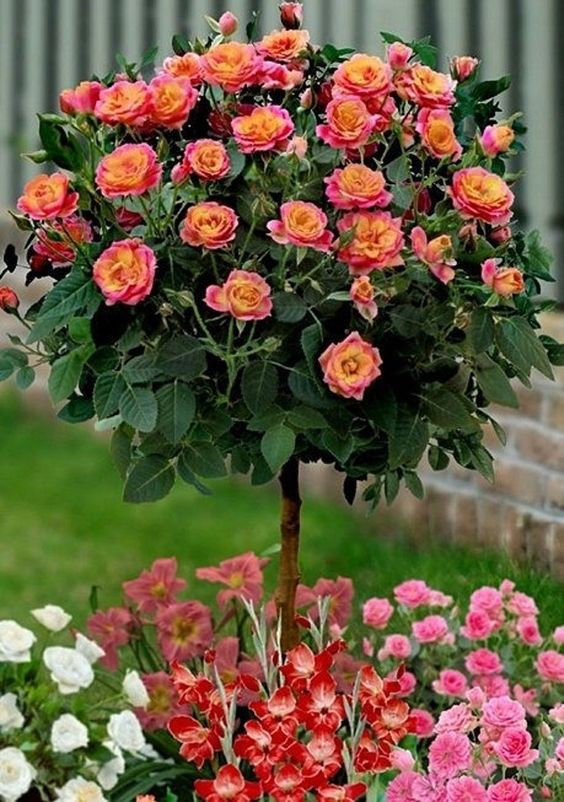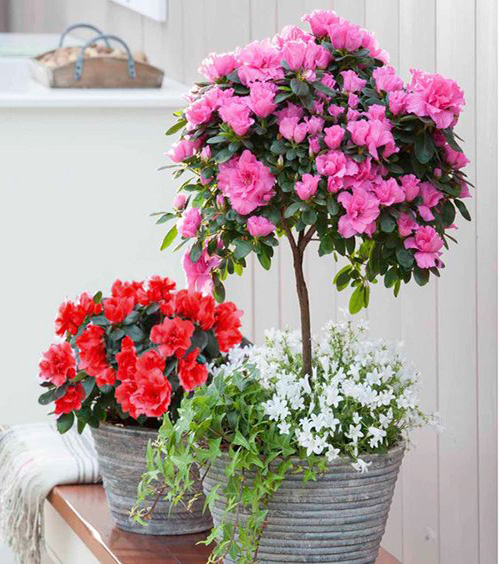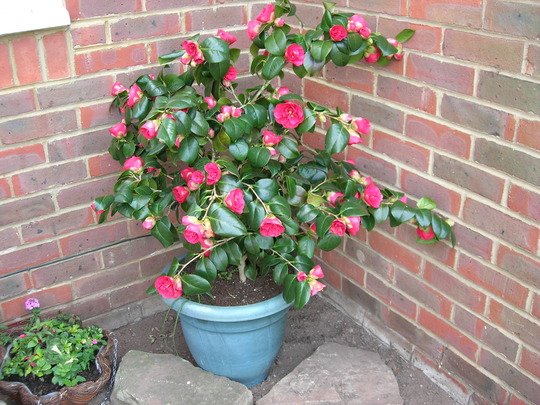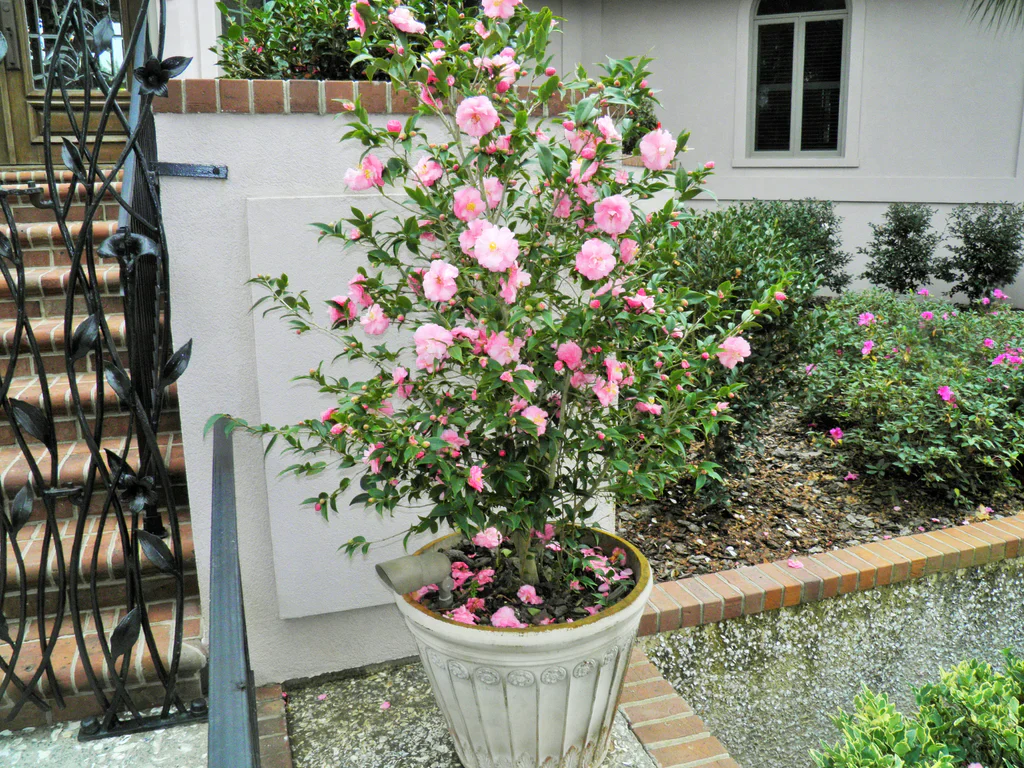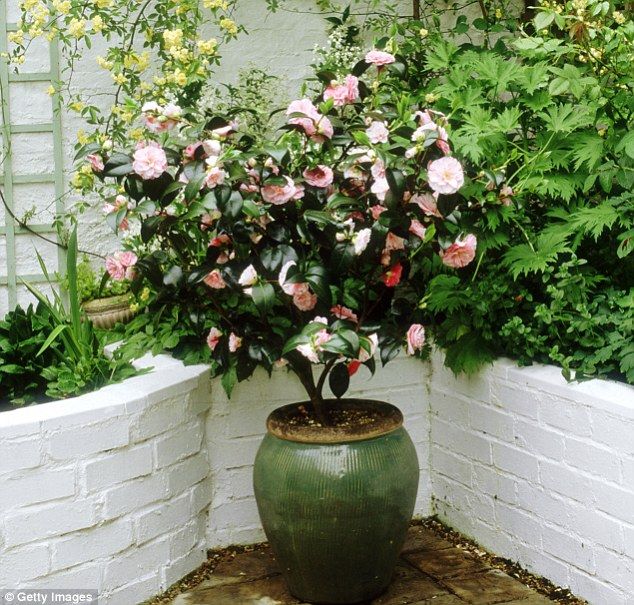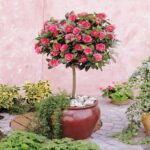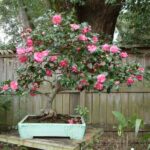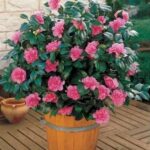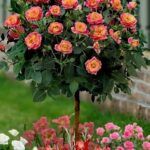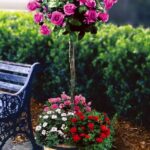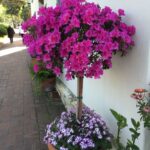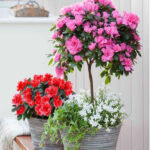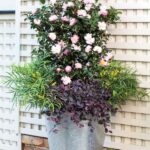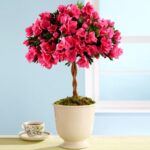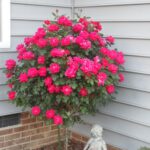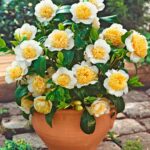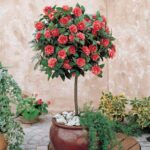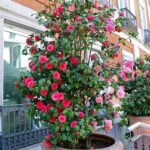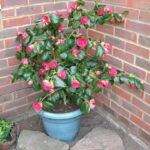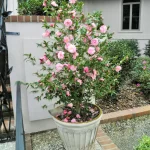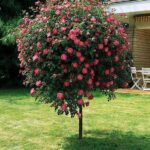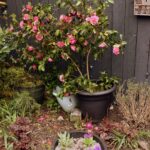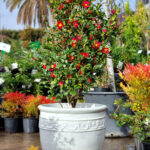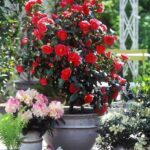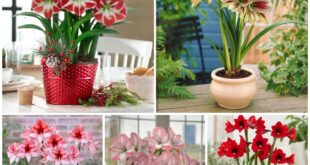Not everyone who enjoys gardening or loves the magnificent colors and shapes of flowers has a garden that can accommodate a large, woody shrub like camellia. Some people only have a small space to work in. And some may have difficulty with the physical demands that come with caring for large shrubs. Maybe you have pests like moles or voles and just don’t want to add another plant to your buffet. Maybe you’re a gardener who has a balcony or patio but no land to plant on; Or perhaps you have the space and the right seasonal temperatures, but just don’t want to dedicate the space needed for a camellia that can grow up to six meters tall. Or you live in a region outside USDA hardiness zones 7 to 10, where most camellias thrive.
While in many cases camellias can be protected through the winter, some areas where the ground freezes for months due to extremely low temperatures may not be suitable, even with protection. Challenges aside, I can see it in your eyes – you are determined. You’ve fallen in love with one of the thousands of beautiful camellia varieties available and now you’re sold. You need this plant in your collection. Fortunately, many species of camellias are suitable for container growing. All you need to do is do a little prep work and invest a little time and effort in care, and this beautiful shrub can be yours. So what does it take to grow a potted camellia? Grab a chair and let’s talk about it.
Camellia needs
If you are looking for a plant that requires little to no care, camellias may not be the best choice for you. While they aren’t the neediest specimens to add to the landscape, they do require a little forethought and effort to stay healthy. Container growing can actually reduce the amount of care required for a camellia because it creates a growing environment that is easier to control. That said, if temperatures drop unexpectedly, you might not bother wrapping or mulching them, just bring them indoors. However, there is still a short list of considerations and concerns to keep in mind so that you can ensure optimal growing conditions for your potted plants.
One of the most important needs to consider is ventilation. The roots of this shrub do not like to be buried deeply; They prefer to stay near the surface of the soil so they don’t suffocate. It is also very important to maintain consistent moisture levels as these plants cannot tolerate both drought and waterlogged soil conditions. Camellias in pots tend to dry out more quickly than those grown in the ground. Although they prefer the warmer temperatures of zones 7 to 10, they are not sun loving and prefer patchy or partially shaded locations rather than direct sunlight. Young plants in particular cannot tolerate strong, direct sunlight and should be protected until full flowering to ensure some of their own protection. Plants of the species C. sasanqua are often more sun tolerant, but also less cold tolerant.
When choosing the best variety for your needs, keep in mind that some camellias can reach heights of more than 20 feet. They are not known for growing extremely quickly, but you will probably prune them to size every spring. If you are not enthusiastic about this prospect, you will need to choose a variety with a more compact habit. Some pests and diseases can cause significant damage, and camellias need to watch out for some of both, from aphids and mites to cankers and root rot. For more detailed information on pest and disease control, see our guide to identifying and solving camellia problems.
If you have a planter that looks good but lacks drainage or is not made of a suitable material, consider “double planting.” Simply plant your camellia in a simple pot of sufficient size with good drainage and place it in the more stylish “cachepot” planter. Not sure which size to choose? A good rule of thumb is to choose a container that is 3 to 4 inches larger than the width and depth of the plant’s existing root system. A container that is much larger than the root system will cause the soil to remain moist out of reach of the roots, where fungi can develop, leading to root rot.
Containers that are too small can cause top-heavy plants to tip over frequently and the soil to dry out very quickly. Small containers can also cause plants to take root. Plants that become attached to the roots will begin to strangle over time. Therefore, the planter you choose should leave enough room for the roots to grow and you should keep an eye out for signs that the roots are running out of space, such as: B. falling leaves and poor growth. Now that we know what to look for in a suitable container, let’s get started with potting and caring for your camellia.
Plant in a container
Whenever you plan to pot a plant, you should ensure that the plant’s growth habit, mature size, and needs make sense for container growing. The same applies to camellia. Choosing the right variety is important because some plants grow vigorously and quickly outgrow their home, requiring frequent pruning and repotting. Planting in containers creates an environment that is one to two zones cooler than planting in the ground because the roots are not as protected as those planted in the ground. Plants in the ground benefit from the heat generated by the soil, and the soil is at a consistently warm temperature at a depth of about 6 feet. Otherwise, plants in containers need more protection from seasonal cold temperatures.
You can counteract these low temperatures in various ways. Before temperatures drop, surround the container your camellia is growing in with a thick layer of mulch. Bring the plant indoors. Or, cover the entire pot with a garden towel or bubble wrap if temperatures can drop below freezing. Once you’ve chosen a variety, container, and location, it’s time to plant! Start with a rich potting mix that is rich in organic matter and drains well. A soil with shredded bark, mulched oak leaves or composted pine needles is best, as camellias prefer soil with an acidic pH of 5.5 to 6.5. It’s best not to use garden soil as it can introduce pests and diseases from your garden into your container.
 careyfashion.com Carey Fashion
careyfashion.com Carey Fashion
